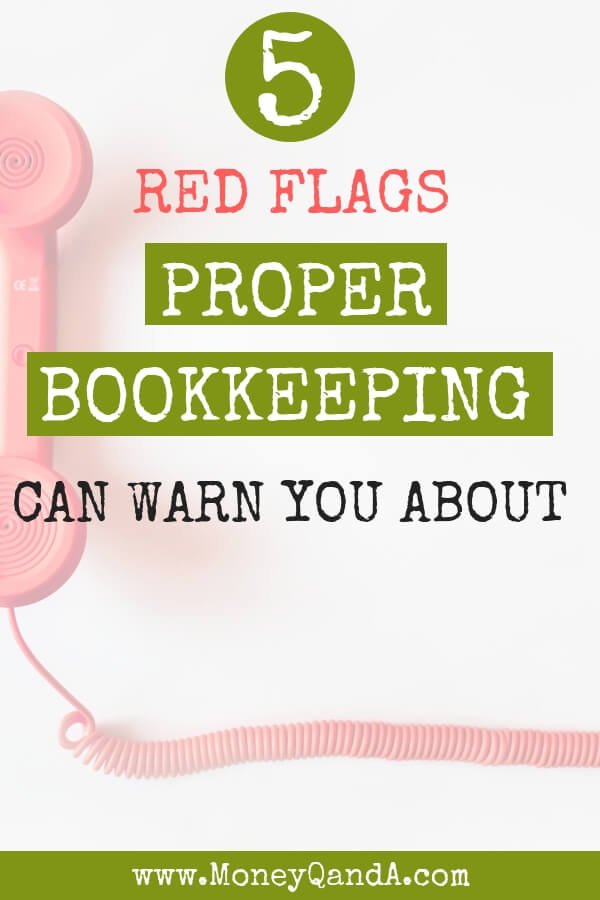
As a small business owner in today’s highly competitive economic climate, it’s vitally important to make sure your company’s financial records stay up to date. If you’ve been doing your own bookkeeping, but you notice that more than a week has gone by since the last time you reconciled your accounts receivable with your accounts payable, it’s probably time to begin thinking about outsourced bookkeeping.
Outsourcing your bookkeeping will free up a lot of time that you may be able to spend more profitably to grow your business. This solution may also help you better identify warning signs that mean you need to change some of your business practices. Here are some bookkeeping red flags that should alert you to the fact that changes may need to be made.
Liquidity
Liquidity is a term that describes your business’s ability to convert assets quickly into cash. Liquidity and related cash flow issues can be particularly onerous for a business that operates according to seasonal cycles.
Your business may have a lot of value tied up in products you’ve delivered and billed for as well as in capital equipment. However, you can’t really control how fast your customers remit their payments to you, and chances are that the value of your equipment has depreciated since you bought it; if you tried to sell that equipment, you’d probably have to take a loss. It’s essential to take the proper steps so that your business has access to the positive cash flow it needs to make payroll and to pay immediate bills.
Current Ratio
“Current ratio” is one of the metrics used in determining the robustness of a business. It’s calculated by dividing the sum total of your assets by the sum total of your liabilities. Your business is considered solvent when it is able to maintain a current ratio of 2:1. What this means in everyday language is that your business has the best chances of long-term viability if the value of your assets is twice the aggregate of your liabilities.
Unpaid Customer Invoices
A thick stack of customer invoices is a good thing for any business because it indicates that sales are booming. Outstanding accounts receivable become a problem, however, if invoices remain unpaid for an extended period of time.
Customer invoices are a promise of revenue, but they are not revenue in and of themselves. If your bookkeeping identifies too many accounts receivable, it may be time to become more aggressive about collecting the money you are owed and less permissive when it comes to extending credit terms to prospective customers.
Too Much Inventory
The flip side of too many unpaid customer invoices is too much unsold inventory. When your cash is tied up in inventory, it’s not available for expenses or business expansion. There must be a reason why this inventory isn’t selling; either the product has become outdated, or the product has been damaged in some way.
Prevent excess inventory from becoming a liability by offering discounts or incorporating it into some type of customer reward system. Depending upon the type of product, you may also be able to sell goods that aren’t moving to an inventory liquidator.
Uncategorized Expenses
Though accountants recognize a category called “miscellaneous expenses,” this ledger account should not be used for any type of ongoing operating expense. It’s important to try and label reoccurring operating expenses. If these expenses aren’t labeled, it may become increasingly difficult to remember exactly what the expenses signified as time goes by.
Additionally, a large volume of unclassified expenses may prove to be a red flag if your business is ever audited since auditors may worry these expenses are unrelated to your business’s actual operations. The only expenses that should be labeled “miscellaneous expenses” in your bookkeeping ledger are small one-time expenses.

